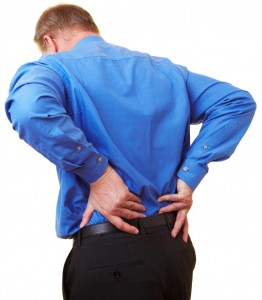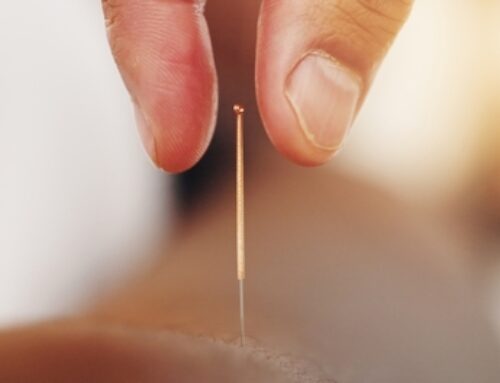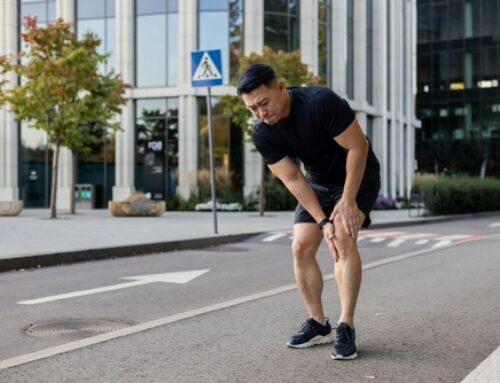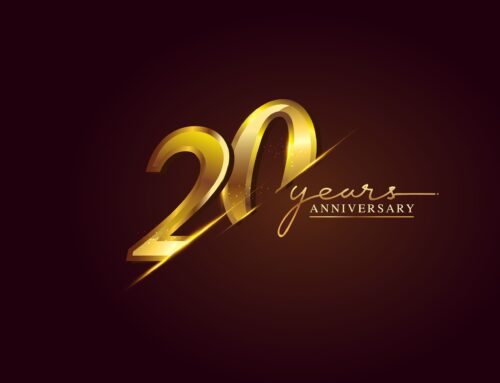 Back pain is a common condition that plagues people of all ages ranging from minor discomfort to misery. Treatment options for back pain also have varied greatly through the years. However, the medical community is currently experiencing a revolution in its thinking about back pain and back care.
Back pain is a common condition that plagues people of all ages ranging from minor discomfort to misery. Treatment options for back pain also have varied greatly through the years. However, the medical community is currently experiencing a revolution in its thinking about back pain and back care.
According to The Back Pain Revolution by Gordon Waddell, an orthopedic surgeon, new medical research proves that treating back pain with traditional methods, especially rest and medications, often proves ineffective and sometimes harmful. Today’s medical researchers and doctors are prescribing a new treatment for this old condition: activity.
Dispelling Myths of Back Pain
The spine is one of the strongest parts of the human body. It’s made of solid bone blocks joined by discs to give the spine strength and flexibility. The spine is reinforced by strong ligaments and surrounded by muscles to afford it extra protection. Thus, the back is designed for movement and exercise.
Further, research has found that a person’s age and weight have no correlation to how much back pain they should be expected to experience. Rather an individual’s “back fitness level” and coordination of spinal movement are great predictors of back pain.
Furthermore, x-rays and MRI scans can detect serious spinal injuries, but they usually don’t help with ordinary back pain diagnoses. These tests need to be correlated with a functional assessment of muscular endurance and movement. According to Waddell, there are very few cases of back pain conditions that ever require surgery to fix a structural problem such as a “slipped disc.”
The NEW Approach to Back Pain
Most back pain originates from the “working parts” of the back such as the muscles, ligaments, and small joints. Aches and pains are a sign that the back is not functioning properly. Either the joint is too “loaded” or not “loaded” enough. Therefore as reported in Waddell’s book, bed rest is not a treatment. Rather, he says the best remedy for back pain is mobility, whether administered through spinal manipulation (a chiropractic adjustment), muscle work, or through specific rehabilitation exercises.
At
In our next blog post, I will look more in-depth at each of these three parts in my approach. Check in to our blog often!
And if you would like to learn more about back pain and treatment, reserve your spot now for our FREE “Low-Back Strengthening” class November 14, 6:00pm, at our Downtown Roanoke office. See you there!
Dr. Daryl Rich, DC, CSCS






